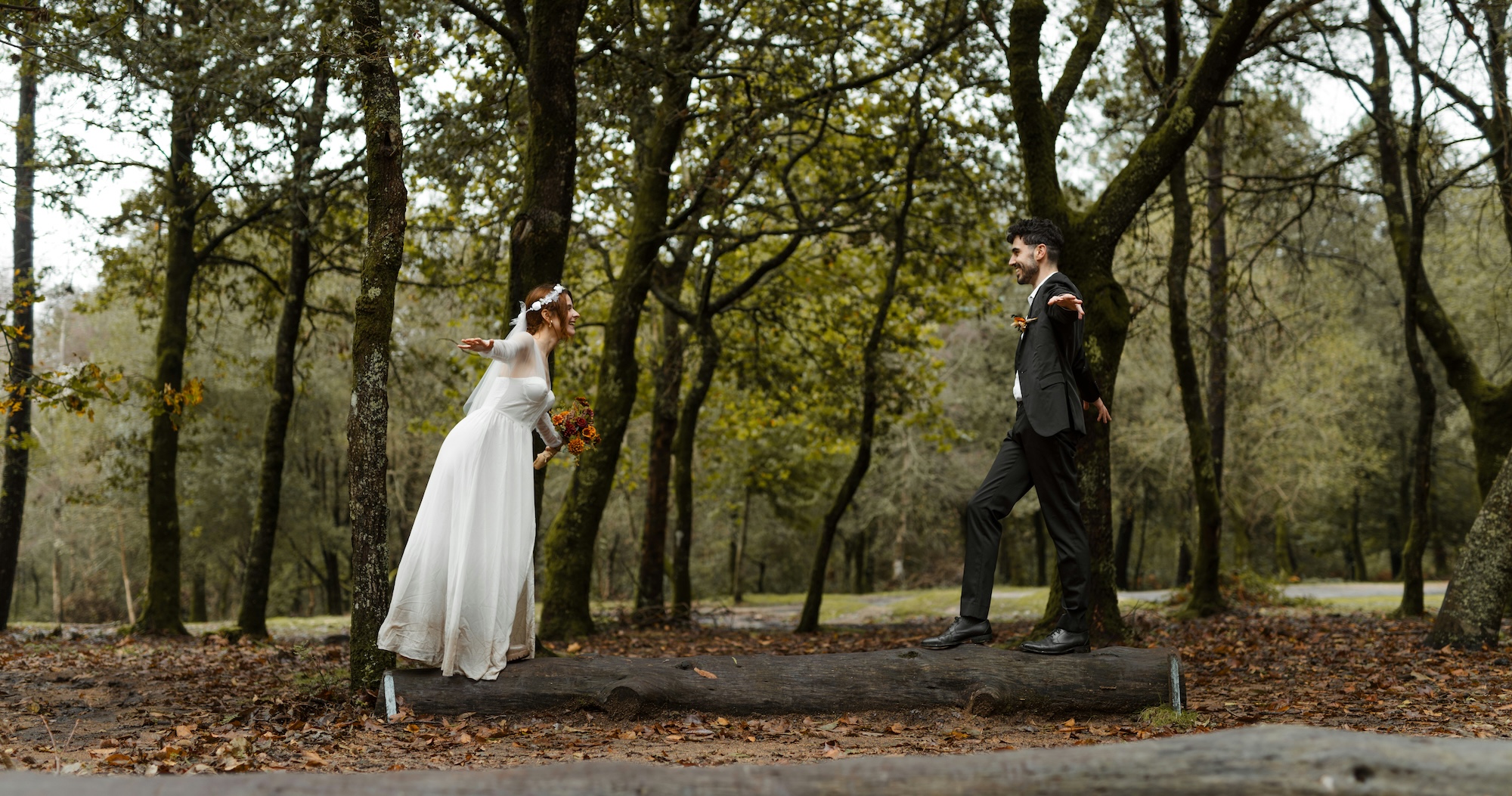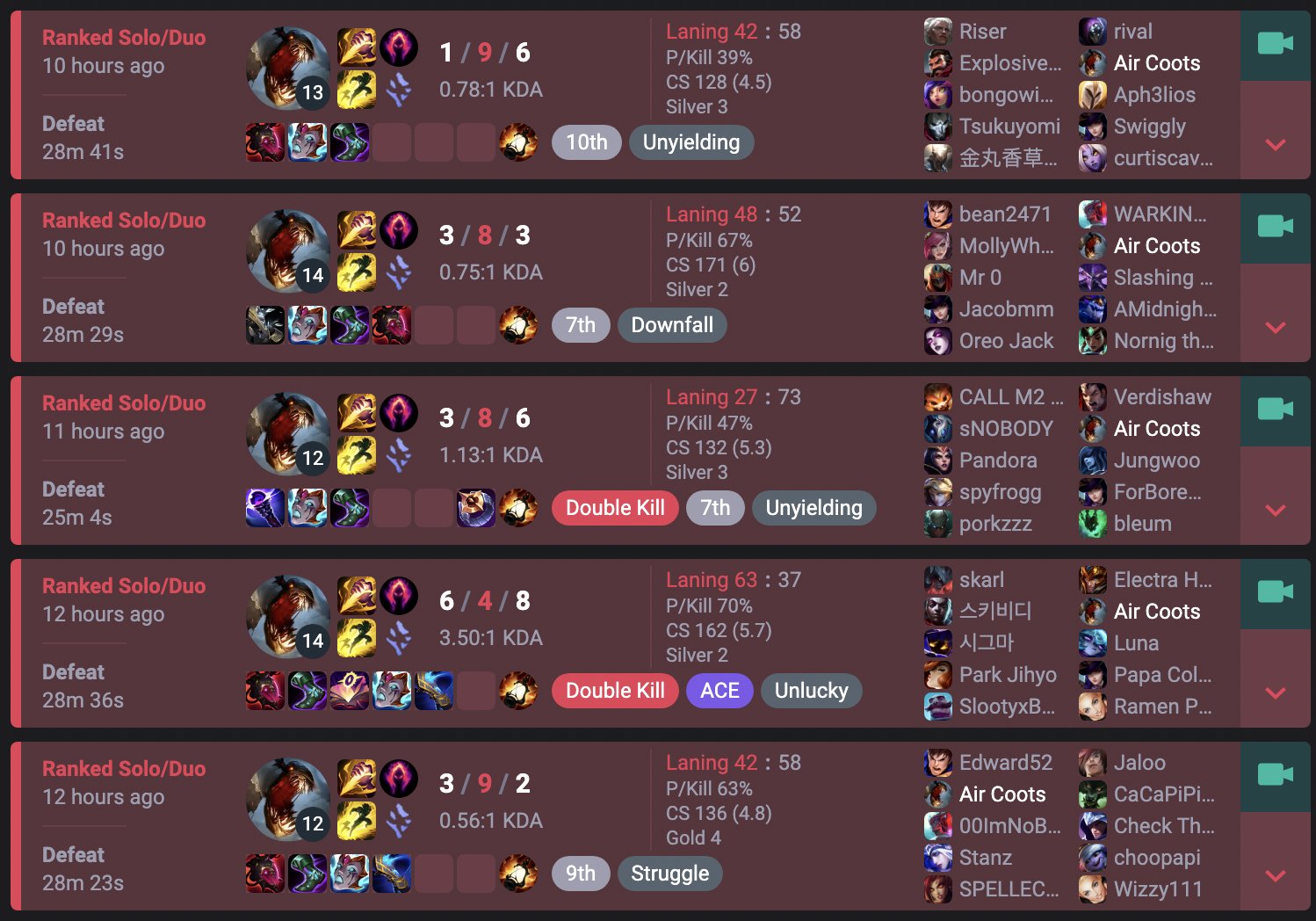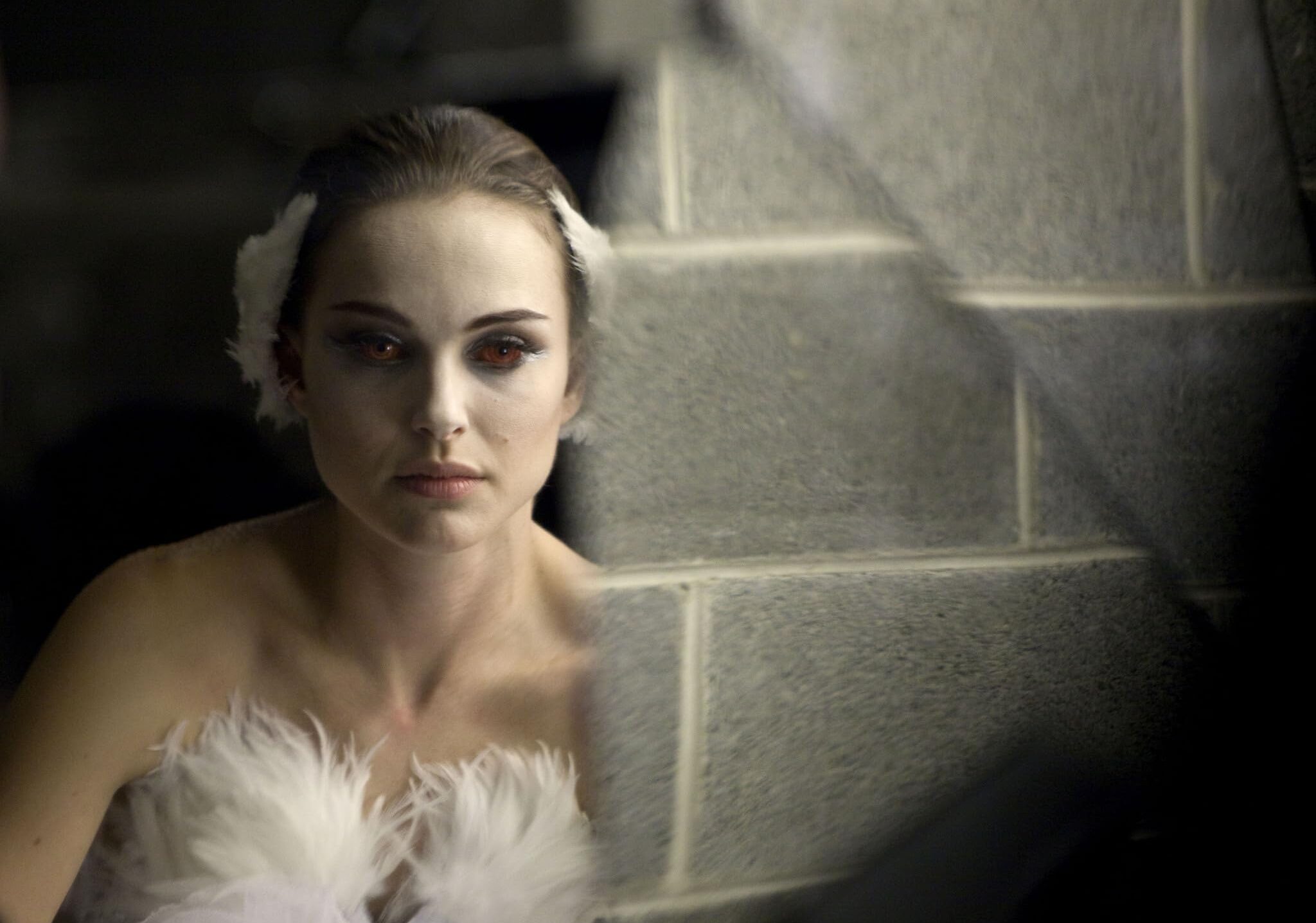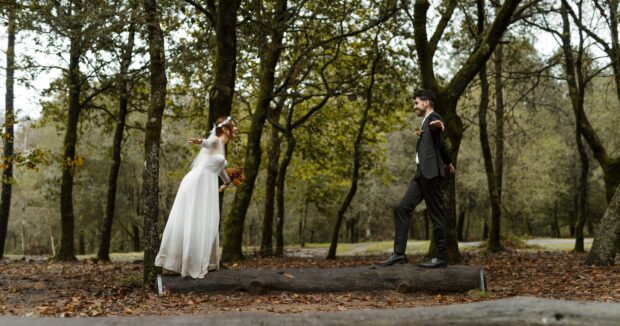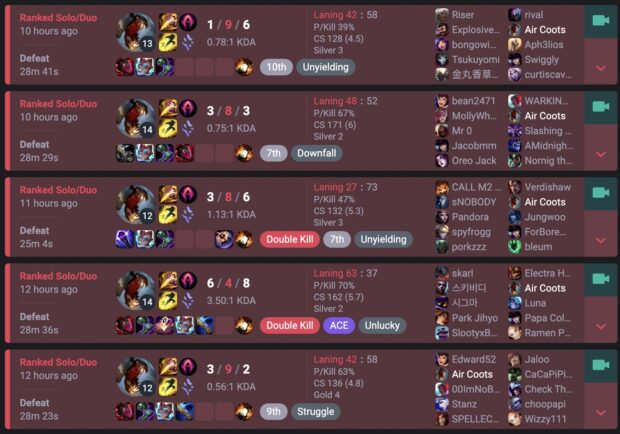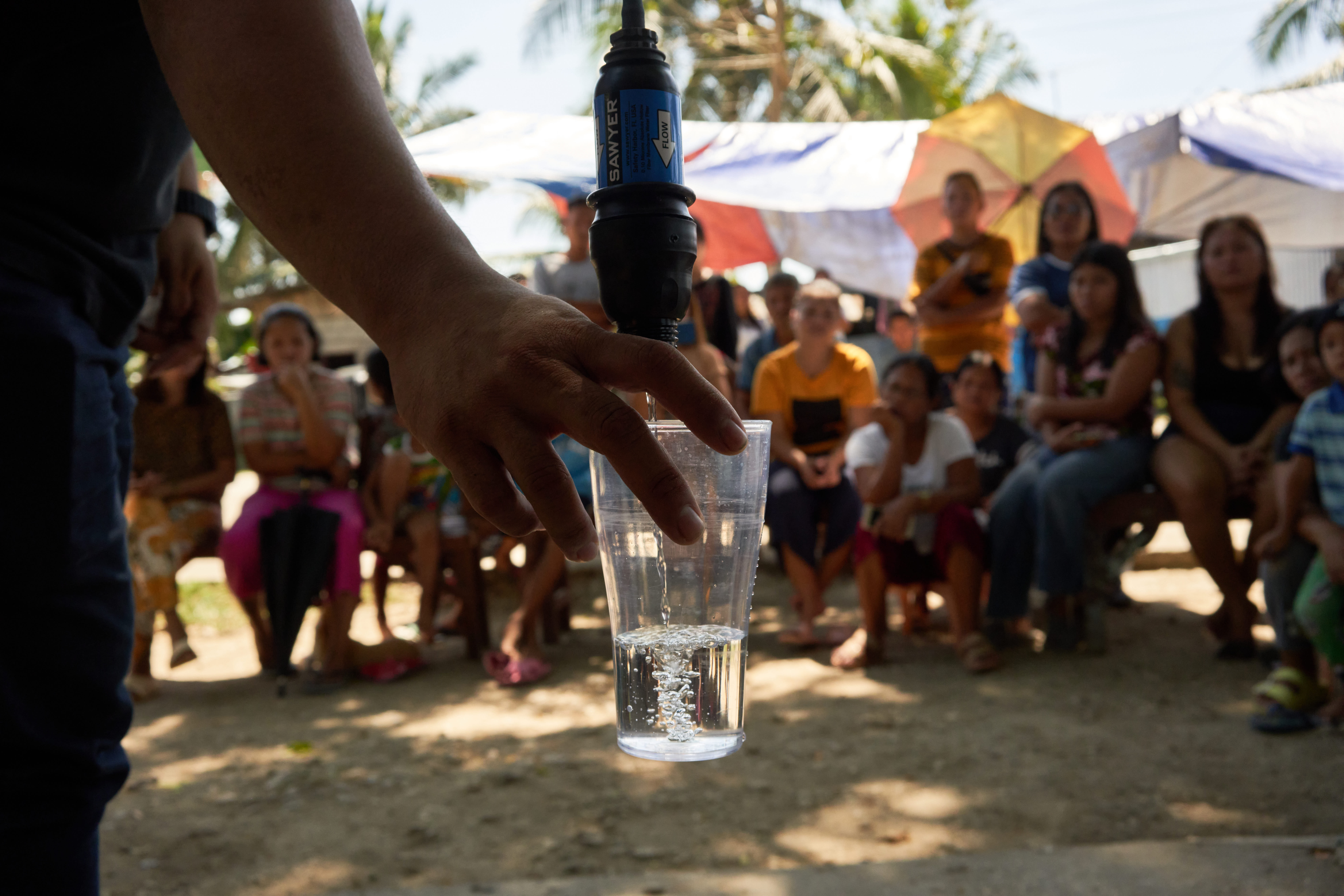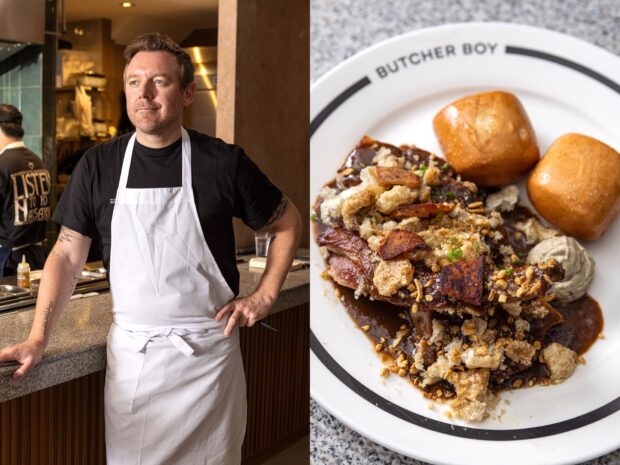Though aged and worn down, these buildings of concrete and brick still have stories to tell—a task Brutalist Pilipinas and Convenience Coffeehouse intend to do
Amid glass skyscrapers in Makati, buildings of concrete and brick sit low. These behemoths, worn from decades under the sun, breathe behind rows of trees. We often see these buildings as mere backdrops to the flow of life. Though, let’s not forget the stories they hold inside.
On May 18, 2024, Brutalist Pilipinas and Convenience Coffeehouse spent the afternoon spotlighting these buildings and their stories. The Instagram-based heritage advocacy group and café organized the first “Brut Walk” in partnership with Makati’s tourism arm, Make It Makati.
The Brut Walk
Guided by Brutalist Pilipinas founder Patrick Kasingsing, artist and designer Karl Castro, and architect Eldry John Infante, the Brut Walk toured attendees through Makat’s Brutalist structures including the Makati Stock Exchange, The Peninsula Manila, and the L.V. Locsin building—all exhibit the defining aesthetic traits of the tradition: undecorated façades and hulk-like gravitas.

“These buildings are regular sights in the city,” says Kasinging, who also serves as the editor-in-chief of Kanto magazine. “On a normal working day, we just see the façade. But, on the tour, guests see the building in action.” Kasingsing goes on to rave about the vertigo-inducing emergency staircase at the L.V. Locsin building, which is not open to the public.
The walking tour extended Brutalist Pilipinas’ advocacy efforts beyond social media. Kasingsing, Castro, and Infante maintain the eponymous Instagram account with a following of over 30,000 as of writing, where they post photos and videos of such buildings from all over the Philippines.
“Seeing architecture in photos is like 0.1 percent of the overall experience,” Kasingsing sighs. You need to see the buildings up close to fully experience the atmosphere and space the architect intended. Brutalist Pilipinas made it their mandate to highlight what these buildings have to offer both on and off the screen.
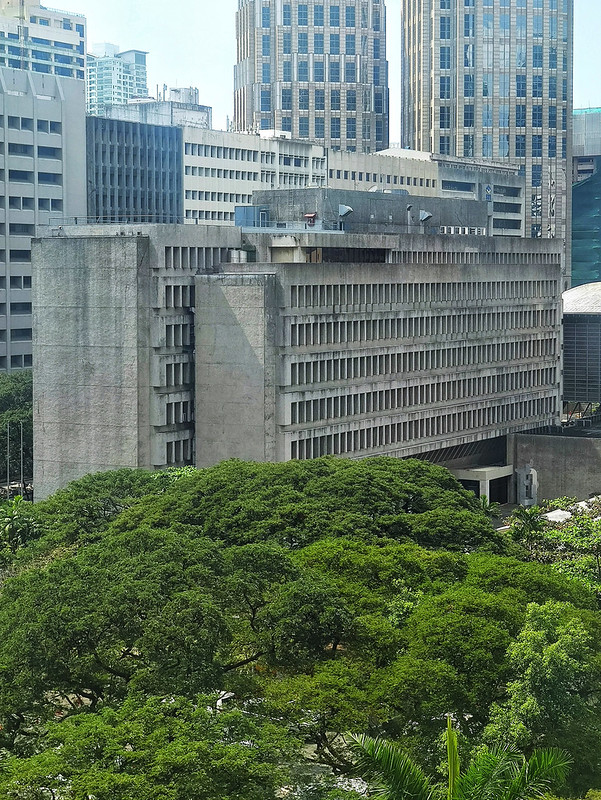
Laying the foundations of Brutalist Pilipinas
Kasingsing learned about Brutalism while waiting between classes in Ateneo De Manila University’s library, where he chanced upon Nicholas Polites’s monograph on Filipino architect Leandro V. Locsin.
Trained at the University of Santo Tomas as an architect, Locsin incorporated Brutalism into his practice after a post-college trip to the United States in the 1950s. The architect built a career designing establishments like the Cultural Center of the Philippines and the Philippine International Convention Center.
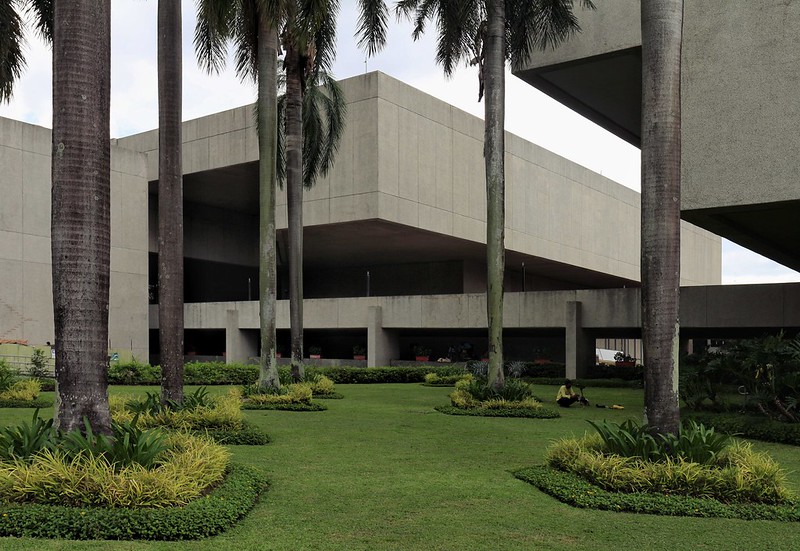
What drew Kasingsing to Locsin’s work—and subsequently, Brutalism—was the movement’s emphasis on honesty rather than the ostentation of other styles like Neoclassicism and Gothic architecture. Kasingsing explains, “Brutalism doesn’t shy away from wearing its function in its appearance.”
The first Brutalist buildings emerged in Europe in the 1950s and faded in the 1970s. The style experienced a resurgence in popularity online in the mid-2010s. Blogs like Fuck Yeah Brutalism on Tumblr curated photographs of Brutalist buildings from all over the globe and inspired a generation of Brutalist enthusiasts—including Kasingsing.
In 2018, he started taking photos of Brutalist buildings around the metro to improve his photography skills. He shared these photographs on Instagram and, as they say, one thing led to another. “There were no blogs specifically on Philippine Brutalism.” Kasingsing reflects. “I didn’t set out to fill that specific hole. The need was already there.”
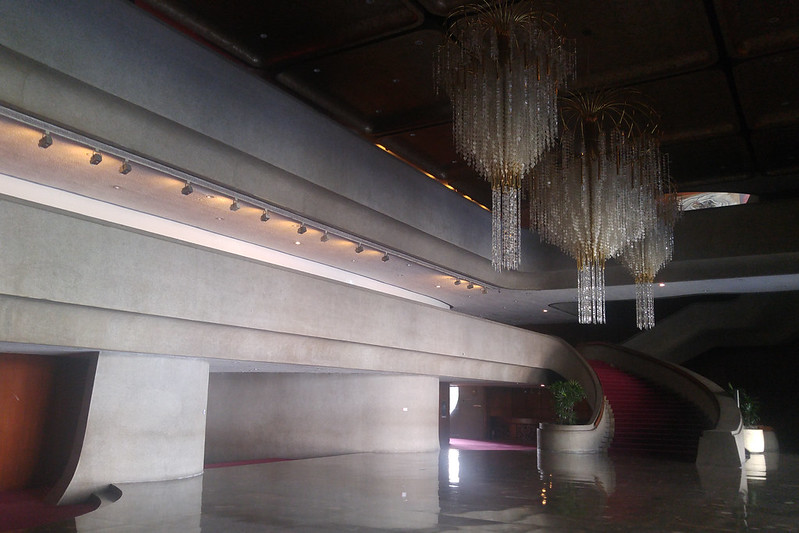
Over the next six years, Castro and Infante joined Kasingsing in Brutalism Pilipinas, which they currently work on after their nine-to-fives. None of them thought Brutalism Pilipinas would gain traction and attract a devoted following. “Pwede na mag prep,” Castro quips.
Convenience Coffeehouse: Changing the landscape through adaptive reuse
In early 2024, Convenience Coffeehouse reached out to Brutalist Pilipinas for a special project. This collaboration would become the Brut Walk and an accompanying exhibit, “Brutalism as Heritage: Leandro Locsin and the Makati Central Business District,” inside the coffee shop. The café moved from its original location in Bangkal to its current location in The Atrium in November 2023.
“We have this one customer who loves the building,” Convenience Coffeehouse co-founder Camille Conanan says. “She always visited—even before we came—and she had to do a double take when she saw the warm light from Convenience inside.” The café’s move into The Atrium not only attracted a new clientele of architecture enthusiasts but also showed how buildings change over time.
Adaptive reuse is a contested topic in architecture circles. The term refers to the practice of preserving the structure and façade of a building while changing its function. For example, The Atrium itself was first a shopping mall and evolved into a mixed-use commercial and office space. In essence, the practice is a form of architectural conservation and recycling.
The push for adaptive reuse hits close to home for Brutalism enthusiasts in Metro Manila. In 2016, the Mandarin Oriental Hotel was demolished. In early 2024, Greenbelt 1 ceased operations for demolition. Both these buildings were designed by Locsin.
“We are not saying to keep all old buildings, especially if they endanger people,” Kasingsing says of adaptive reuse. “You also have to think of a building as part of the existing social and urban fabric.”
Demolishing an old building and constructing a new one in its place changes a building’s immediate community on multiple levels. “Architecture shapes the choreography of daily life,” Castro says.
Commuters might need to change their route to accommodate different walkways and underpasses. Current tenants would have to move out and new tenants would affect the microeconomies of the area. Even the position of windows, especially during summer, dictates where we sit throughout the day. The small decisions we make every day, based on a building’s layout, form the actions and narratives of our daily lives.
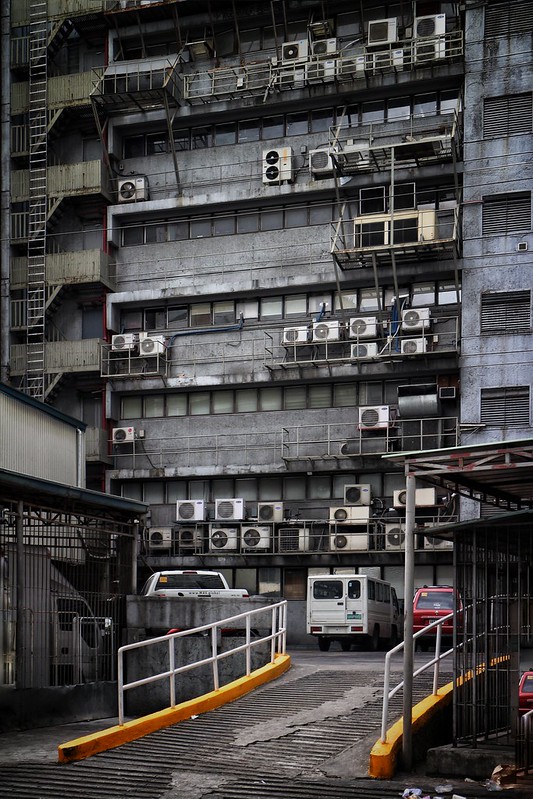
Filipino history, as told by architecture
Architecture shapes today and gives us a glimpse into our past. The National Cultural Heritage Act, signed into law in 2009, orders special protection for historical buildings over 50 years old. The oldest Brutalist buildings in the Philippines only turned 50 within the last 10 years. Perhaps, the common definition of a historical building affects how previously we treat our buildings.
As much as we’d love to protect all heritage sites, tragedies happen. In May 2023, a fire damaged the Manila Central Post Office (MCPO), the headquarters of the Philippine Postal Corporation. It’s also one of the country’s surviving American Neoclassical sites.
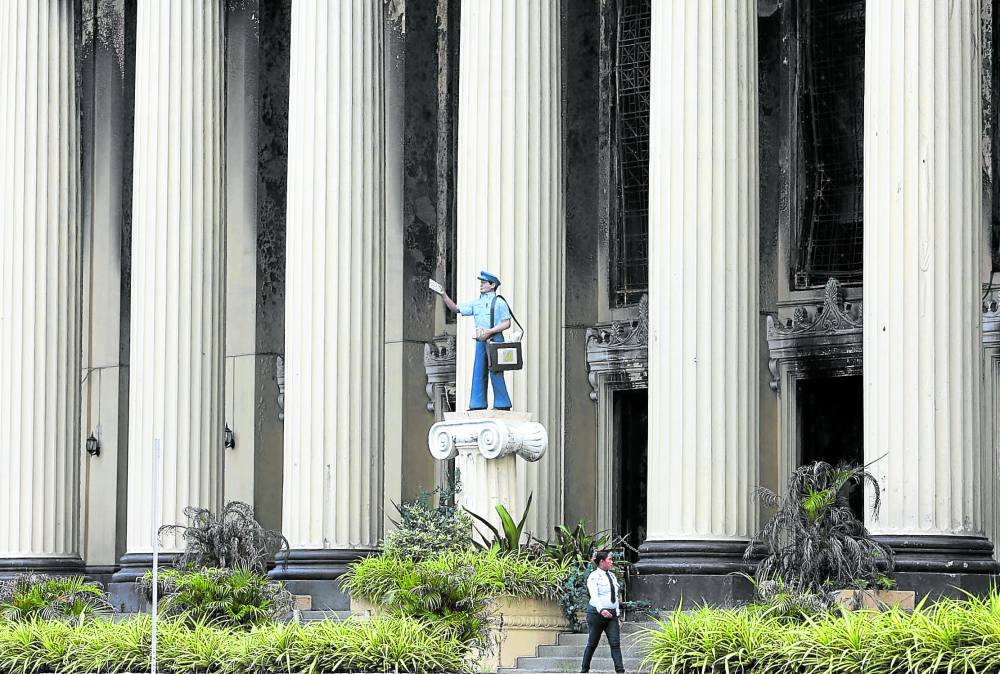
Though the MCPO is currently undergoing rebuilding, the thought of losing one of the few buildings of the American colonial period was a blow. According to Architect Dominic Galicia, the MCPO occupies a “magnificent space” and is a point of pride for Manileños. The loss of the building meant the loss of one part of being a Manileño.
The portrait of brutalism as Filipino
“I always find myself drawn back to Makati,” Kasingsing observes. “The director of Make It Makati says the city has grit and grace in equal measure. Through the different buildings, we get a feel of the city’s soul and character.”
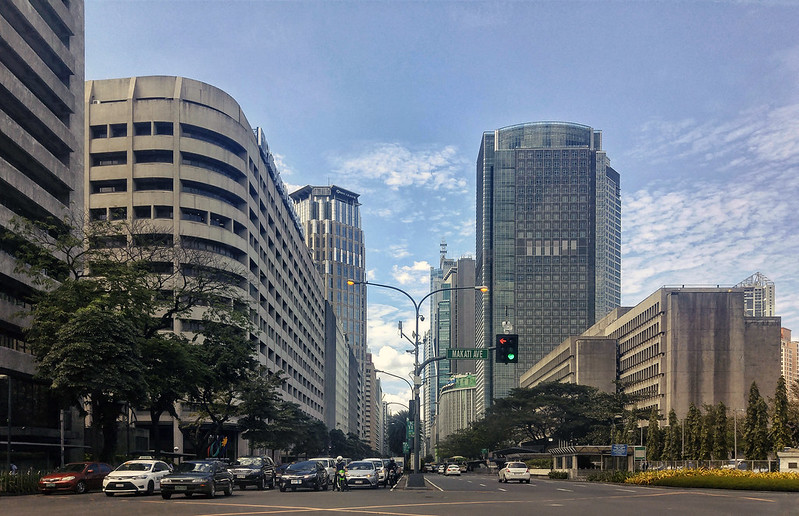
Numerous architects, urban planners, and conservationists echo Kasingsing’s sentiments. Architect and Office for Metropolitan Architecture partner Chris Van Dujin shares his thoughts on rapid urban development’s effects on a city’s architectural identity. “All of these cities that have been developing so fast—and to such a large scale—gradually lose their identity. They all look generic.” The proliferation of what Van Dujin dubs “glass boxes” makes cities like Jakarta, Bangkok, and even Metro Manila look more like American cities.
While Brutalist architecture isn’t a style unique to the Philippines, it played a pivotal role in the creation of a Filipino architectural identity after the Second World War and the American colonial period. Makati’s old Bruts, weathered but not entirely broken, saw the country’s path to present-day independence. They represent the struggle to define a national identity—and the power of storytelling through architecture.
Everyday mythmaking
After the Brut Walk last May 2024, comments asking for the next tour flooded Brutalist Pilipinas’ Instagram account. The team can’t promise a specific date for the next tour. Convenience Coffeehouse, on the other hand, is continuing their arts programming. They’re now hosting a digital arts exhibit with Novice Magazine until September. Though Brutalist Pilipinas and Convenience Coffeehouse are focused on sharing Brutal gems with their audience.
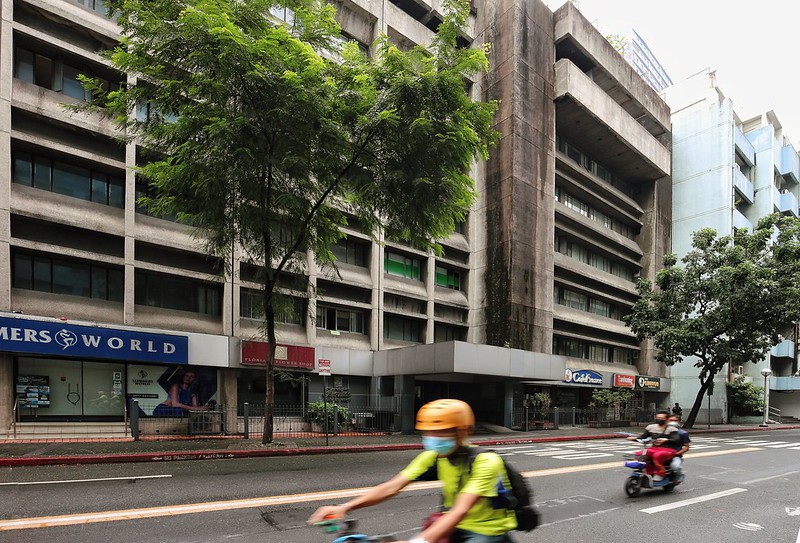
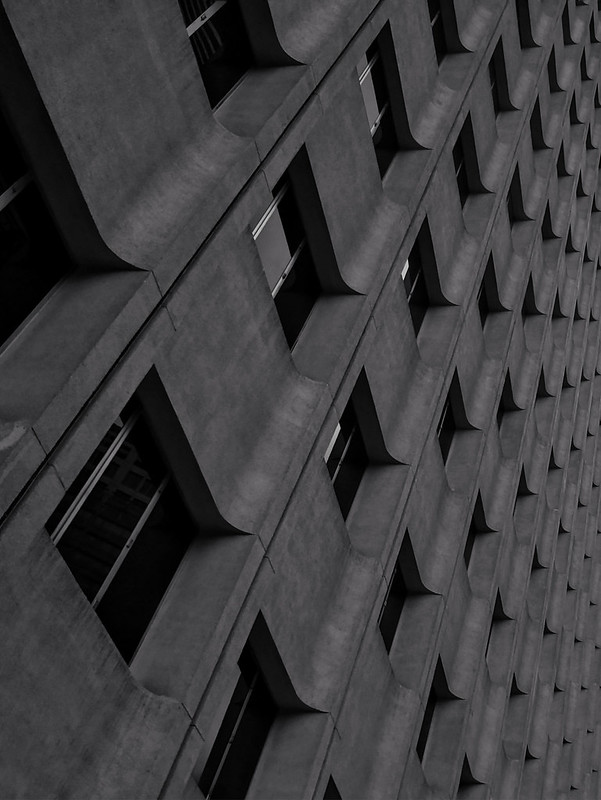
“Architecture is a very sophisticated type of mythmaking,” Castro observes. “You don’t know that the myth is there.” Entering a building, especially a Brutalist one, stirs up awe, wonder, and even disbelief. For the busy commuter, it’s often difficult to pinpoint how a wall’s subtle curve affects the way we move through a corridor, or how the position of a column affects the flow of crowds. Stories and symbols in these buildings seem to escape us.
Makati’s Bruts endure heat waves, monsoons, and everyday attrition of wear and tear. Yet, they still stand as pillars of the metro and of its inhabitants’ identity. They breathe as we do while biding their time for the right wanderer to see through the concrete and embrace the myth.


